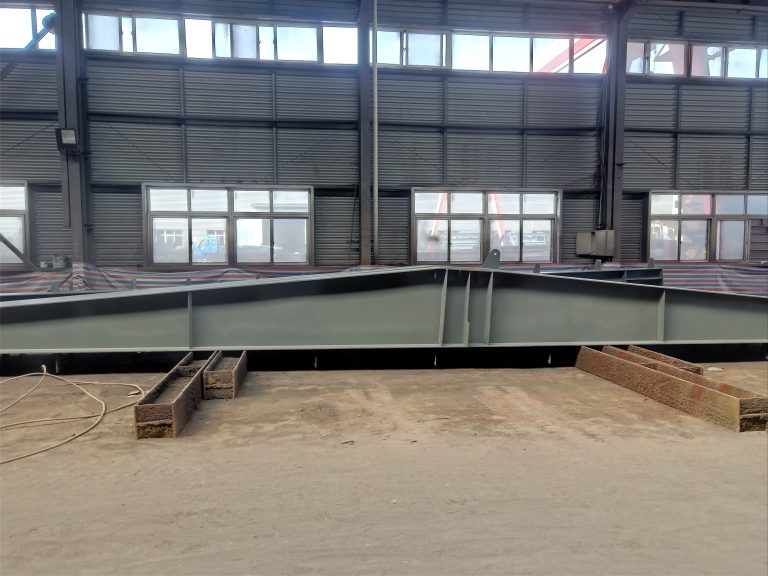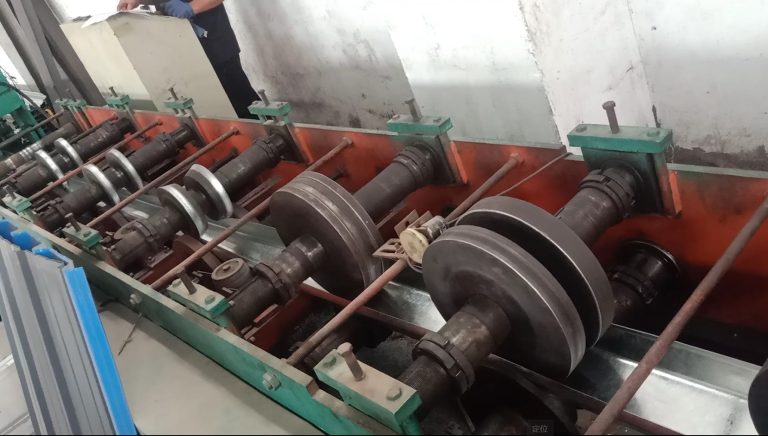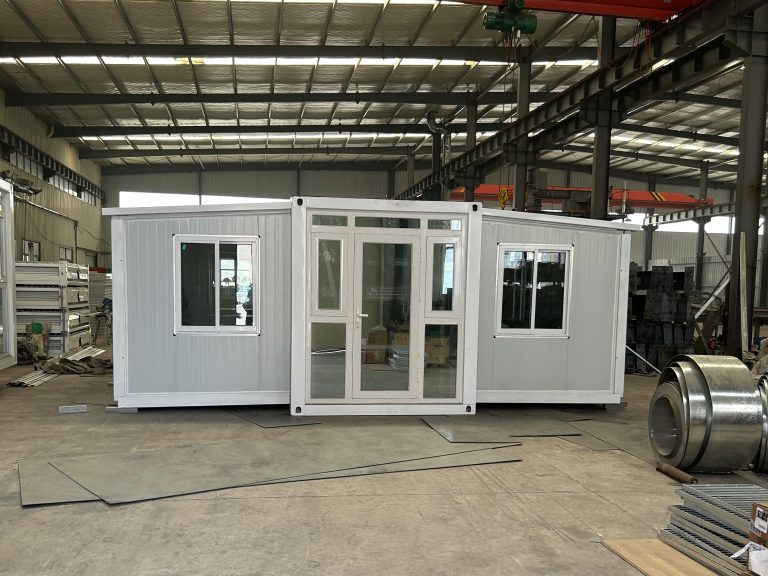Table of Contents
Importance of Welding Quality Control in Steel Structure Construction
Welding quality control is a critical aspect of steel structure construction. The integrity and safety of a steel structure depend on the quality of the welds that hold it together. Poor welding can lead to structural failures, compromising the safety of the building and its occupants. Therefore, implementing a rigorous welding quality control process is essential to ensure that the welds meet the required standards and specifications.
One of the key reasons why welding quality control is important in steel structure construction is to prevent defects in the welds. Defects such as cracks, porosity, and incomplete fusion can weaken the welds and compromise the structural integrity of the steel structure. By implementing quality control measures, such as visual inspections, non-destructive testing, and welder qualification tests, defects can be detected and corrected before they pose a risk to the structure.
Another reason why welding quality control is important is to ensure that the welds meet the required strength and durability standards. Welds that do not meet these standards may fail under load, leading to catastrophic consequences. By conducting tests such as tensile tests, bend tests, and impact tests, the strength and durability of the welds can be verified, ensuring that they can withstand the forces they will be subjected to in service.
In addition to preventing defects and ensuring strength and durability, welding quality control is also important for ensuring the consistency and repeatability of the welding process. Consistent weld quality is essential for maintaining the structural integrity of the steel structure and for ensuring that all welds meet the same standards and specifications. By implementing quality control measures such as welding procedure qualification, welder training, and welder performance monitoring, the consistency and repeatability of the welding process can be maintained.
Furthermore, welding quality control is important for ensuring compliance with industry standards and regulations. In many countries, there are strict codes and standards that govern the welding of steel structures, such as the American Welding Society (AWS) D1.1 Structural Welding Code – Steel. By implementing a welding quality control process that complies with these standards and regulations, contractors can ensure that their steel structures meet the required safety and quality requirements.
Overall, welding quality control is a critical aspect of steel structure construction that cannot be overlooked. By preventing defects, ensuring strength and durability, maintaining consistency and repeatability, and ensuring compliance with industry standards and regulations, welding quality control plays a vital role in ensuring the safety and integrity of steel structures. Contractors and fabricators must implement a rigorous welding quality control process to ensure that their steel structures meet the required standards and specifications.
Common Defects in Welding and How to Prevent Them
Welding is a critical process in steel structure construction, as it is used to join various components together to create a strong and durable structure. However, like any manufacturing process, welding is not without its challenges. Common defects in welding can compromise the integrity of the structure and lead to safety hazards. In this article, we will discuss some of the most common defects in welding and how they can be prevented.

One of the most common defects in welding is porosity, which occurs when gas bubbles become trapped in the weld metal. This can weaken the weld and make it more susceptible to cracking. Porosity is often caused by contaminants such as oil, grease, or moisture on the surface of the metal. To prevent porosity, it is important to clean the metal thoroughly before welding and to use proper shielding gas to protect the weld from atmospheric contamination.
Another common defect in welding is lack of fusion, which occurs when the weld metal fails to bond with the base metal. This can result in a weak and unreliable weld. Lack of fusion is often caused by improper welding technique, such as moving the welding torch too quickly or using the wrong welding parameters. To prevent lack of fusion, it is important to ensure that the welding torch is held at the correct angle and distance from the workpiece, and to use the appropriate welding parameters for the specific material being welded.
Cracking is another common defect in welding, which can occur either during or after the welding process. Cracks can weaken the weld and compromise the structural integrity of the steel structure. Cracking is often caused by excessive heat input, rapid cooling, or high levels of residual stress in the weld. To prevent cracking, it is important to control the heat input during welding, to use proper preheating and post-weld heat treatment techniques, and to minimize the amount of residual stress in the weld.
Inclusions are another common defect in welding, which occurs when foreign materials such as slag or oxides become trapped in the weld metal. This can weaken the weld and make it more prone to corrosion. Inclusions are often caused by improper welding technique, such as using too much filler metal or failing to properly clean the weld joint. To prevent inclusions, it is important to use the correct amount of filler metal, to clean the weld joint thoroughly before welding, and to use proper welding technique to ensure that the weld metal is free of contaminants.
In conclusion, welding is a critical process in steel structure construction, but it is not without its challenges. Common defects in welding such as porosity, lack of fusion, cracking, and inclusions can compromise the integrity of the structure and lead to safety hazards. By understanding the causes of these defects and taking steps to prevent them, welders can ensure that their welds are strong, reliable, and free of defects.






